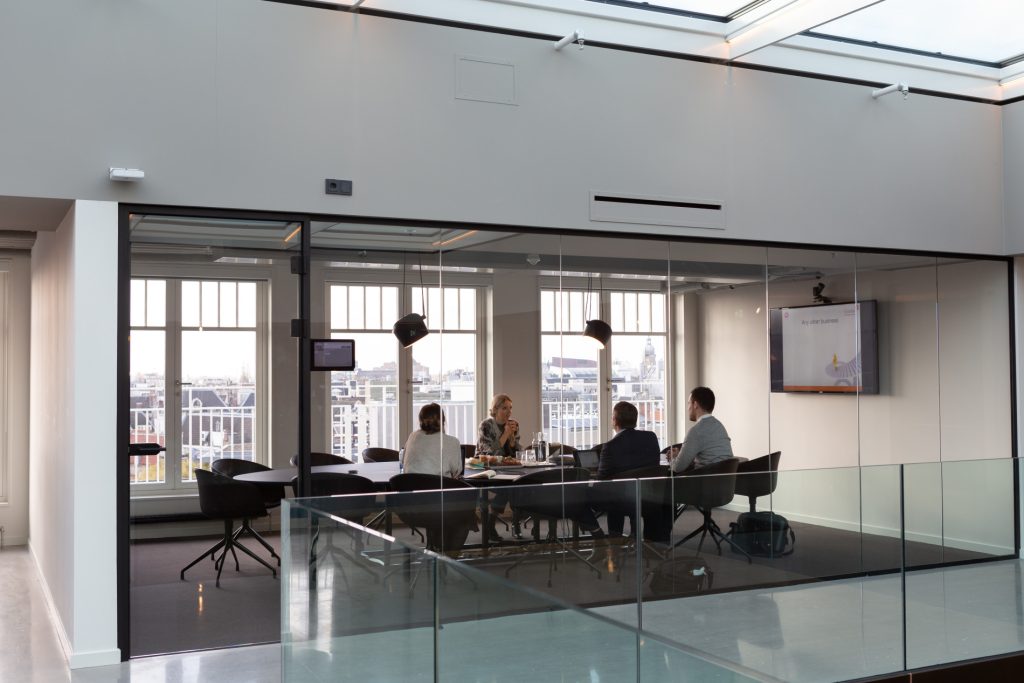Here’s why recruitment feels ALOT tougher than it used to be
Recruiting staff is becoming an even more difficult task than it has in the past. Competition is increasing exponentially, skill sets are becoming more specialised and hard to find, and engaging talent is a minefield not easily navigated. Here are the reasons we think it is getting harder.
Have you been finding it increasingly harder to connect with good consultants? There is a genuine reason for that.
According to the Staffing Industry Metrics report, 30% of recruitment companies went backwards in profit in 2018.
Here’s why.
The data shows that 30% of those recruitment companies who fell short of their 2017 profit figures, were impacted by 3 main factors:
-
Staff churn was well above average. (And the average is appalling! How appalling? Try 47% appalling)
-
Failed to ride the perm growth wave (It’s hard to build a strong perm business with 60% plus staff turnover)
-
Staffing costs were far too high (Definitely linked to 1, above.)
Holistically, 2018 was a great year for the recruitment industry in Australia and New Zealand as 95% of recruitment agencies reported having made profits, leaving just 5% of firms trading at a loss, the lowest and best result in 7 years.
But of those agencies which made a profit, the majority (51%) improved their year-on-year profits, while 14% achieved similar results compared to 2017.
Unsurprisingly, the firms with the best profit are those who have already implemented sound hiring strategies and have invested in a plan to retain new people.
The best way to apprehend this issue is if staff turn over and the lack of productivity is apprehended quickly.
In Australia and New Zealand, there is still a tendency to accept high staff turnover as ‘normal’, for example, last year showed an average staff turnover in recruitment agencies at 47%
The key to the puzzle is people development. When people feel genuinely connected to their work environment productivity goes up and therefore profits.
That is why people-development, more specifically ‘coaching’ is in fact, retention.
If you want people to stay long term and to build a profitable workplace, you have to keep developing and maintaining these internal relationships, long term.
One of the reasons that recruitment businesses typically have high turnover is that they don’t invest in staff development and coaching enough, another is that the people delivering that coaching and development are great recruiters, but not necessarily great leaders.
There is a marked difference between being a good recruiter and a good manager, and a similar difference between being a good recruiter and a good coach.
Ultimately, the reasons for attracting and retaining great staff are similar across all industries, however, in an industry like recruitment that is largely people focused, is it any wonder churn is high when there is a lack of focus on people?
From our blog
Read our articles below to see our latest insights.









